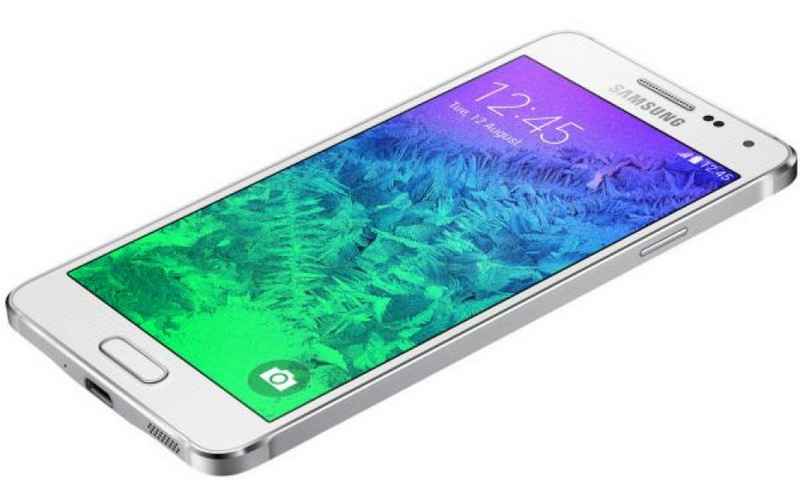Last Updated on September 19, 2024 by Mathew Diekhake
There are two main ways one can get the NANDroid Backups to work on the Samsung Galaxy A7 smartphone: using the ROM Toolbox by J. Rummy and installing a custom recovery such as TWRP Recovery or ClockworkMod Recovery. The NANDroid option is always one of the main perks of installing a custom recovery, but it isn’t necessary if you are installing the all-in-one ROM toolbox application either from the Google Play Store or its official website home presented by the developer, J. Rummy.
Regardless of the way you have conjured up your ability to now take NANDroid backups, you can install the NANDroid Manager application and manage those backups you took. The NANDroid manager application offers a cool feature where you can choose to just restore your applications and nothing else instead of restoring every partition. It’s not just apps either. You can do the same for any of the partitions that were backed up, including the pictures if you would just like to restore your pictures.

The NANDroid manager application is available for the Samsung Galaxy S7 smartphone right after you finish the guide after the drop.
Files You Need
- Download the CF-Auto-Root file for the S7 SM-A700H running Android 5.0.2 Lollipop.
- The rooting exploit in this guide is based on LRX22G.A700HXXU1BOK1 firmware. You do not need to flash that build number on your Galaxy A7 device. Just use it as an indicator. The file in this guide will work on all A7’s with the SM-A700H model number running Android 5.0.2.
- Check the model number of your Samsung Galaxy A7 smartphone by scrolling to the Settings > About Device > Model Number.
- Check the Android version your Samsung Galaxy A7 is running by scrolling to the Settings > About Device > Android Version.
Rooting the Samsung Galaxy A7 SM-A700H running on Android 5.0.2 Lollipop
- Enable the USB Debugging Mode on the Samsung Galaxy A7 smartphone so it can connect with the computer and its programs.
- Extract the CF-Auto-Root to the desktop of the computer and you will get your rooting file and the Odin flashing tool file.
- Right-click on the Odin executable file that is now on the desktop and choose to run it as an administrator.
- Open the Odin application and then do not make any changes to the default settings you can see from the buttons on the main user interface.
- Turn off the Samsung galaxy A7 smartphone by long-pressing the Power button or using the button from the Device Options menu.
- Boot the Samsung Galaxy A7 SM-A700H device in download mode and then connect it to the computer with the USB cable you use for charging.
- Wait for at least a couple of seconds and then look at the Odin application for a blue or a yellow ID: COM port lighting up. No port light up means that your drivers are not working. You can install the universal Windows ADB Driver if you need to fix that problem.
- Click the AP button and then browse the desktop for the CF-Auto-Root file.
- Once uploaded, click the Start button from the Odin application and the flashing tool will do the rest.
- Wait for the pass message and for your Samsung Galaxy A7 smartphone to reboot to recovery mode automatically. Chainfire programs the rooting method to do that automatically and it needs to make it to recovery mode for the guide to have worked.
In conclusion, that’s how to root the Samsung Galaxy A7 SM-A700H device running on the Android 5.0.2 Lollipop update. You can check it worked by installing the root checker application from the Google Play Store. Keep the root checker app on your device for later so you can also check if your device is unrooted if you ever device to flash the stock ROM.
Remember that you should not be accepting over the air updates on your Samsung Galaxy A7 smartphone while it is rooted. Download the official firmware file from the Sam Mobile website and flash it with the same Odin application using the same method as above. Anyone with an unlocked device can flash any firmware. However, people locked to a certain carrier network will need to find the firmware that is given by that same carrier or you will soft-brick the device.
